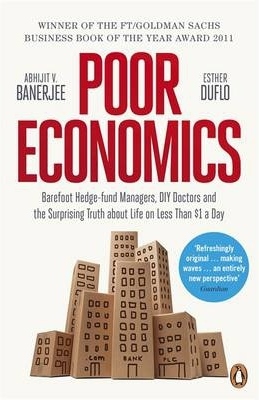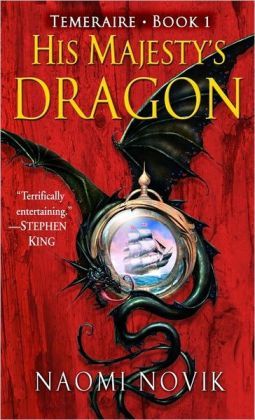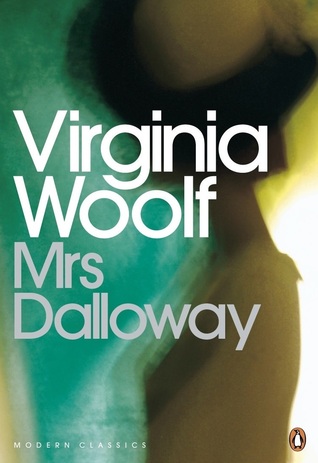
At its heart, Poor Economics revolves around the age-old argument of how much and in what ways governments have intervened, and should intervene, in its citizens’ lives. It offers an ambitious buffet spread of case studies across developing economies on the areas of food, healthcare, education, and population control, with the result that the content ends up feeling rather all over the place and examples randomly picked rather than contributing towards a coherent overarching argument. To its credit, the many conclusions it draws from the numerous case studies are nuanced, accompanied with specific pieces of evidence that rarely fall into the trap of generalization.
The closest Poor Economics gets to an overarching thesis is its belief that well-intentioned but harmful policies are driven by three Is: Ideology, Ignorance, and Inertia, and as any civil servant worth their salt should know: it all boils down to implementation. Unfortunately, in the case of the poor, their lived experience has deviated so widely from that of policy-makers and possibly the majority that most assumptions on how they think and live have to be examined.
There is a tendency for the privileged to hold the less well-off to a higher standard of self control; for instance, assuming that an increase in income should be funneled to more tangible goods like food with higher calorie to cost ratios, instead of frivolous wants like better-tasting food, televisions, and expensive funerals. We also tend to discount the indirect benefits from good systems and access to bountiful resources, and are surprised when the poor do not spend their money on goods with disproportionate benefits like chlorine to clean drinking water, iodine-fortified salts, and mosquito nets, forgetting that these are concerns that are abstracted away from our everyday lives. The book examines the many factors that come into play into decisions made by the poor on where to spend their limited funds, and in the process illuminates the basic necessities we have come to take for granted that is provided by a good public system.
A big part of these decisions comes from psychology and social factors; for instance, it is natural to place more value on cure rather than prevention when the latter is not obvious in its effect. As a result, healthcare that has emerged responds to these expectations as well: doctors naturally over-diagnose and over-medicate when their patients think them frauds if they do not give antibiotics or IV drips. Humanity’s short-sightedness with regards to long term value also comes into play, especially when faced with short term costs like journey and queuing time for vaccinations. In recognising these reasons, on-the-ground implementations can then try to minimise the short term pains and make the link from action to positive effect more obvious — even if, as the policy maker, it does not seem intuitive to give extra benefits on top of a policy that is already aimed at improving your target group’s welfare from a top-down perspective.
On education, the book lays out the system’s competing goals with great lucidity: its intention on sieving out the best and brightest through its many entrance exams, vs its desire to equip all with fundamental skills and knowledge. Buying into the former, as is commonly the case, directly affects both how teachers teach as well as how parents decide to allocate their resources among their children: the result is that resources are all concentrated on those who perform well. It’s also a common belief that the benefits of education only come into play upon attaining a certain education level, but the book argues that the curve is more linear than S-shaped: every extra year of education gives the student a proportionate increase in income, and parents would do better to send all their children to school than focus on a single child.
And more such conclusions, although the general applicability of such conclusions bears more scrutiny. Nevertheless, it is universal that the poor face higher levels of risk in their everyday lives, as well as higher barriers to access of credit, insurance, and even saving accounts, further exacerbating their circumstances. The lack of security towards their futures has a debilitating effect on long term planning; cheaper seeds that yield less are preferred to more expensive ones that yield a greater amount more than their cost, and saving a larger amount to make a bigger purchase in the future is less appealing than making installments. The interest rates for loans the poor take up are enormous, because of the risk of default and the increase in cost from ensuring they pay up (moneylenders and their dubious methods are actually highly personalised). In order to buy insurance, the company providing it has to gain credibility that it will pay its customers for the circumstances it insures against, something that is difficult to obtain in systems more given to corruption than otherwise.
The difficulty of solving poverty can seem insurmountable when thinking of all the intersecting systems that need to be solved as well. While the writing in Poor Economics feels rather disjointed, and its examples more random than comprehensive, it’s perhaps a reflection on how messy implementation gets with its many edge cases and variability in different contexts.
Rating: 3.5/5
— Poor Economics (Abhijit V. Banerjee and Esther Duflo, 2011)



